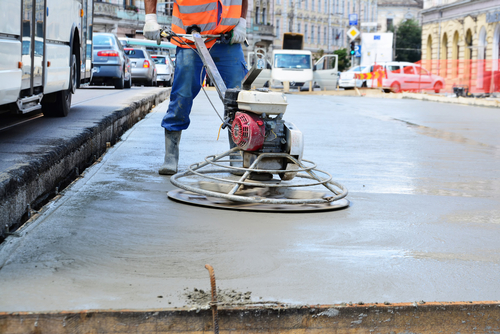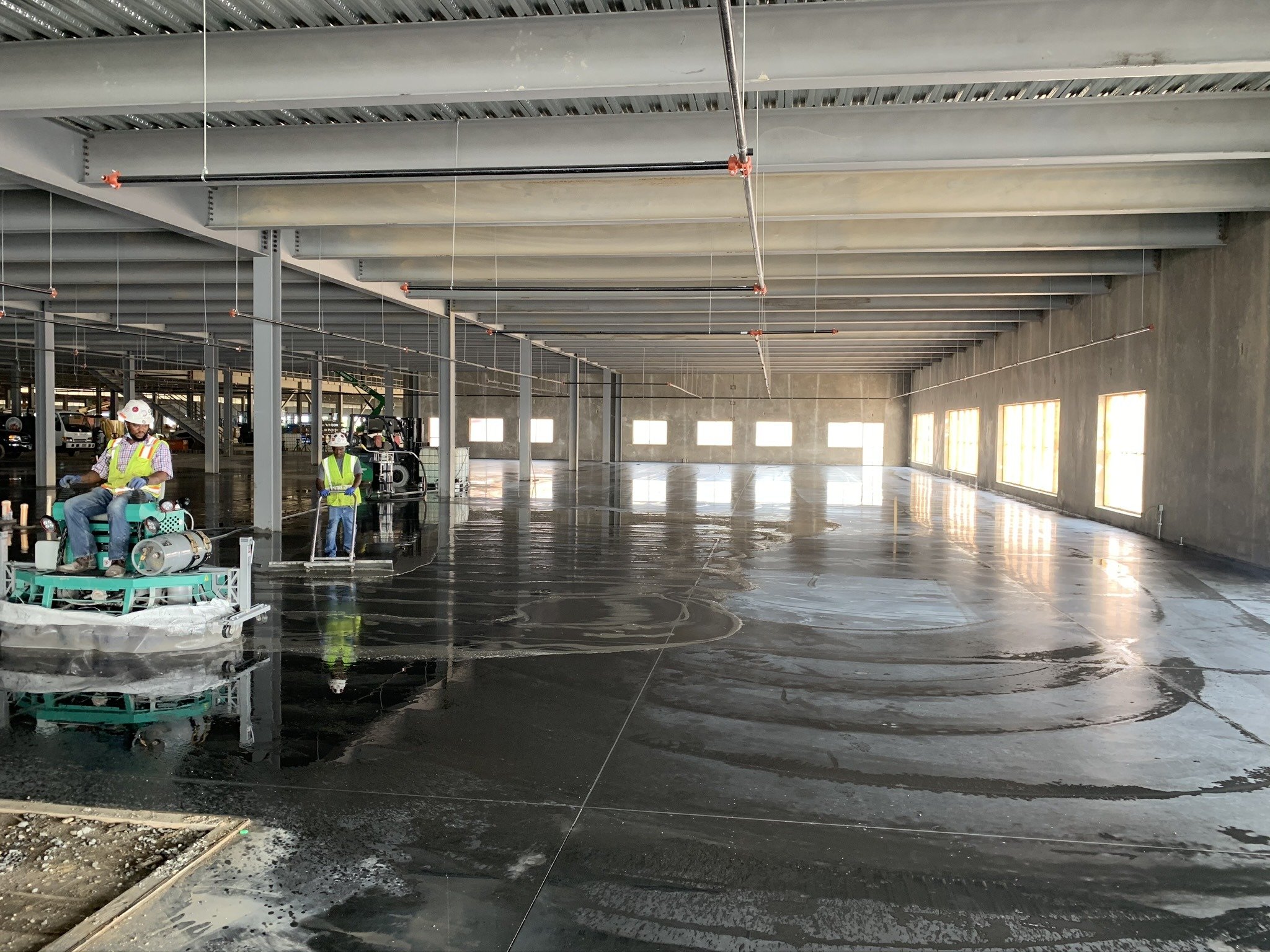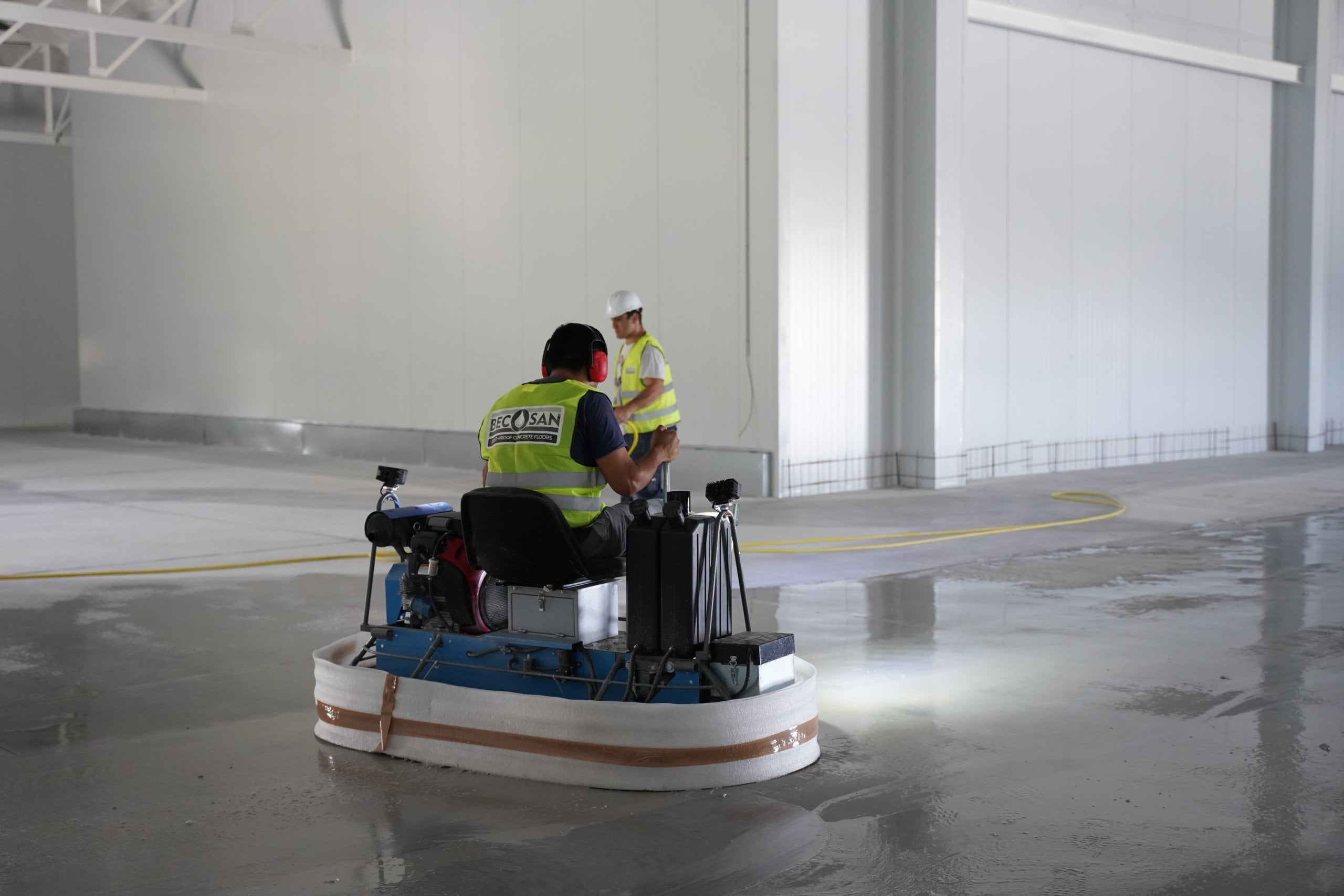Stepping onto a perfectly finished concrete floor is a gratifying experience. As a concrete enthusiast, I know that achieving that flawless surface requires more than just pouring and leaving the concrete to cure. Proper concrete floor finishing is an art that demands skill and the right tools. In this comprehensive guide, I will walk you through the process of finishing a concrete floor with a power trowel, a powerful tool that ensures a smooth and level surface, making it not only visually appealing but also durable and long-lasting. From understanding the importance of finishing to mastering various techniques and troubleshooting common issues, you will discover the secrets to transforming a raw concrete slab into a masterpiece.
Understanding Concrete Floor Finishing
When it comes to concrete floor finishing, I can’t emphasize enough how crucial this step is in achieving the desired results. The finishing process goes beyond merely achieving a smooth surface; it influences the concrete’s strength, resistance to wear, and overall aesthetics. A well-finished concrete floor not only enhances the beauty of a space but also contributes to its durability and functionality. Among the many tools available for finishing, the power trowel stands out as a time-efficient and effective option that guarantees exceptional results.
Types of Power Trowels
As I ventured into the world of concrete floor finishing, I encountered different types of power trowels, each designed to meet specific project requirements. Walk-behind power trowels, with their compact design and maneuverability, proved ideal for smaller projects and tight spaces. On the other hand, ride-on power trowels offered enhanced control and productivity for larger surfaces, such as warehouses or industrial facilities. Choosing the right type of power trowel ensures that I can efficiently complete any project, regardless of its size or complexity.
Preparing for Concrete Floor Finishing
Before I begin the concrete floor finishing process, proper preparation is key. Gathering the necessary tools and equipment, including the power trowel and finishing blades, ensures I have everything I need for a seamless operation. Before troweling, evaluating the concrete surface’s condition is crucial to identify any imperfections or voids that need attention. Additionally, I consider environmental factors like temperature and humidity, as they can impact the concrete’s setting time and affect the finishing process.
Step-by-Step Guide to Finishing with a Power Trowel
As I carefully set up the power trowel, I make adjustments to achieve the optimal blade pitch and angle. Ensuring proper weight distribution on the machine guarantees even pressure and a consistent finish. I start with the initial floating and leveling pass, using the power trowel to create a flat and even surface while addressing any imperfections. As I progress to subsequent troweling passes, I control the trowel’s speed and overlap to achieve a smooth and polished surface. The power trowel’s versatility allows me to experiment with various techniques, resulting in different concrete finishes, such as a basic smooth finish, a burnished shine, stamped patterns, or even exposed aggregates for a decorative effect.
Achieving Different Concrete Finishes with a Power Trowel
One of the most exciting aspects of using a power trowel for concrete floor finishing is the variety of finishes I can achieve. Whether I’m aiming for a simple smooth surface or a more intricate stamped design, the power trowel delivers consistent and impressive results. For projects that require a glossy, mirror-like finish, I opt for burnishing, which not only enhances the floor’s shine but also increases its durability and resistance to wear. For more decorative applications, I can imprint patterns and textures into the concrete, turning it into a work of art.

Troubleshooting and Correcting Common Issues
Despite my best efforts, I have encountered a few challenges during the concrete floor finishing process. However, with the right knowledge and techniques, I have successfully addressed these issues. To eliminate trowel marks or discoloration, I have learned to adjust the power trowel’s speed and pressure. Surface imperfections and unevenness are tackled by ensuring proper blade angle and pitch. To prevent over-troweling, which could weaken the concrete, I pay close attention to the concrete’s setting time and adjust my finishing passes accordingly.
Safety Considerations for Power Trowel Operation
As I work with powerful equipment like a power trowel, safety is a top priority. Wearing appropriate personal protective equipment (PPE), such as safety goggles, gloves, and steel-toed boots, protects me from potential hazards. I take the time to familiarize myself with the power trowel’s controls and maintain a firm grip on the handles at all times. Regular maintenance and inspections of the power trowel ensure its optimal performance and minimize the risk of accidents.
Power Trowel vs. Hand Trowel: Pros and Cons
Though hand trowels have been a traditional choice for concrete finishing, I discovered that power trowels offer numerous advantages. The power trowel’s efficiency significantly reduces the time and labor required to finish a large concrete surface, making it a cost-effective option for large-scale projects. The consistency achieved with a power trowel ensures a smooth and level finish, eliminating potential unevenness that might result from hand troweling. However, I still value hand trowels for smaller and more intricate projects, as they allow for more precise detailing and fine-tuning.
Cleaning and Maintenance of Power Trowels
To maintain the power trowel’s peak performance and extend its lifespan, I have adopted regular cleaning and maintenance practices. After finishing, I thoroughly clean the power trowel, removing any concrete buildup to prevent damage and ensure smooth operation in future projects. Regular inspections of the trowel’s components, such as the blades and motor, allow me to identify any signs of wear or damage and address them promptly. Proper storage, including covering the power trowel to protect it from dust and debris, also contributes to its longevity.
Cost Considerations and Return on Investment
As with any construction project, I carefully evaluate the cost of using a power trowel against the potential benefits. While the initial cost of renting or purchasing a power trowel may be higher compared to hand trowels, the time and labor savings it offers more than compensate for the investment. Moreover, a professionally finished concrete floor significantly enhances the overall value of the space, making it an excellent long-term investment.
How To Power Trowel A 1500 Sq Ft Garage Floor (New Power Trowel)
Using a power float – YouTube
Power-trowel polishing made faster with First Cut with Densifier
Basic Tips For Effectively Using A Trowel Machine Maxwell Supply
Power Trowel Concrete Floors u2022 Victoria Concrete Surfaces
What Is the Difference Between Power Troweling and Trowel
Worker with power trowel tool finishing concrete floor, smooth
Power trowel polishing for concrete floors BECOSAN®
HOW TO PROPERLY USE A POWER TROWEL u2014 American Pride Rental
Related Posts:
- Applying Concrete Floor Paint
- Non Slip Concrete Floor Sealer
- How To Paint Concrete Garage Floor
- Outdoor Concrete Floor Ideas
- Concrete Floor Covering Ideas
- Cracks In Polished Concrete Floors
- Drylok Concrete Floor Paint Colors
- Polished Concrete Floor Thickness
- Residential Stained Concrete Floors
- Cheap Concrete Floor Finishes









